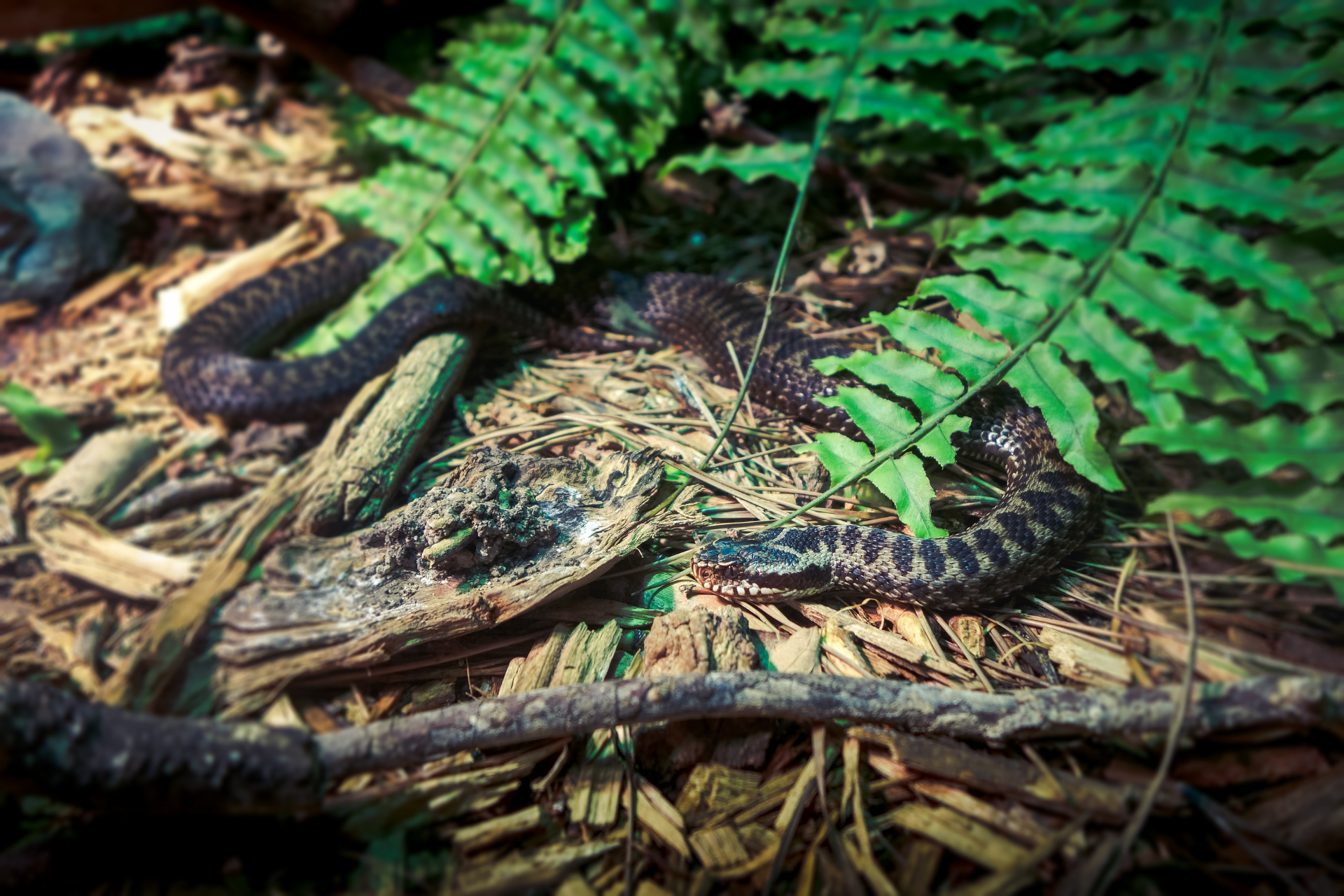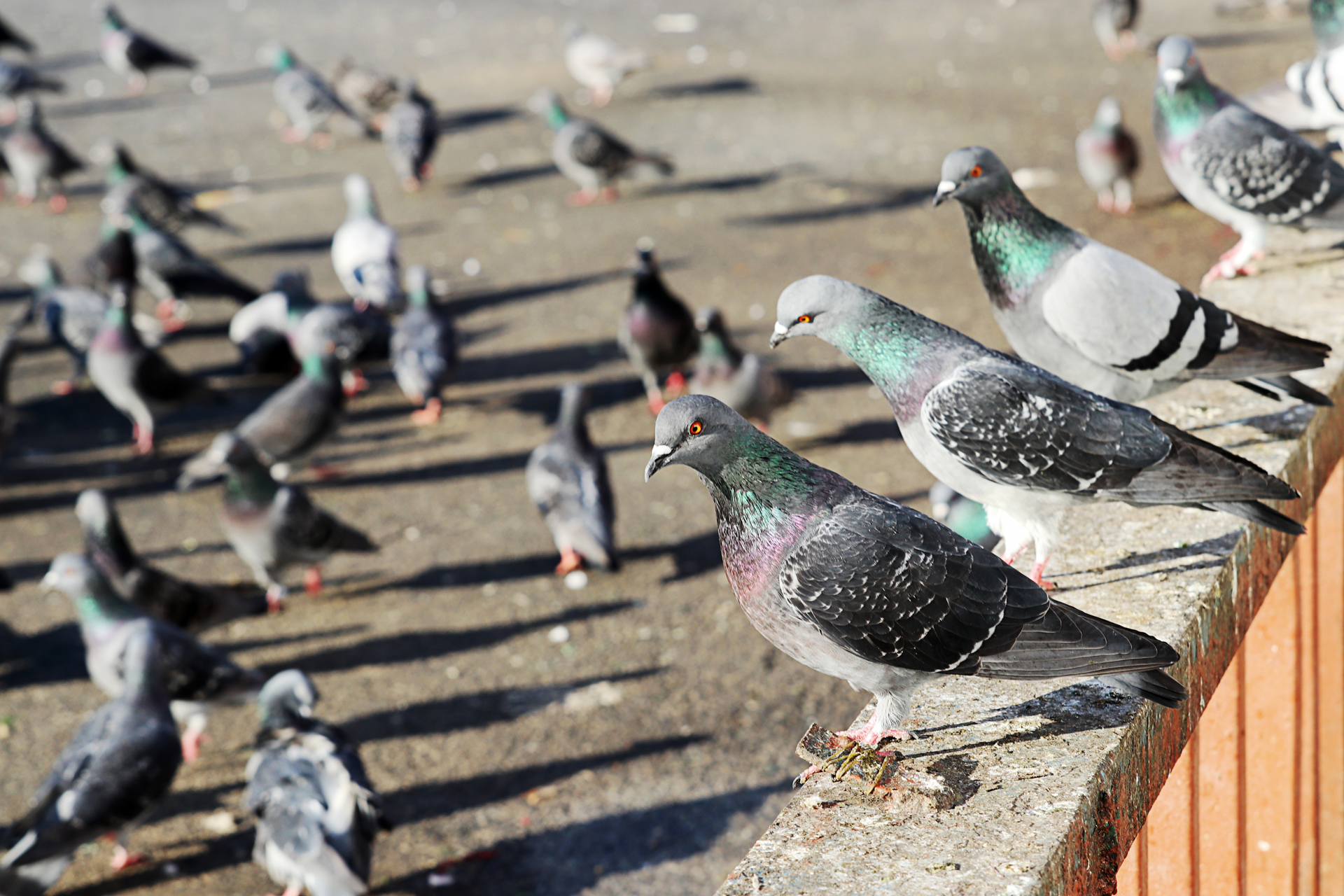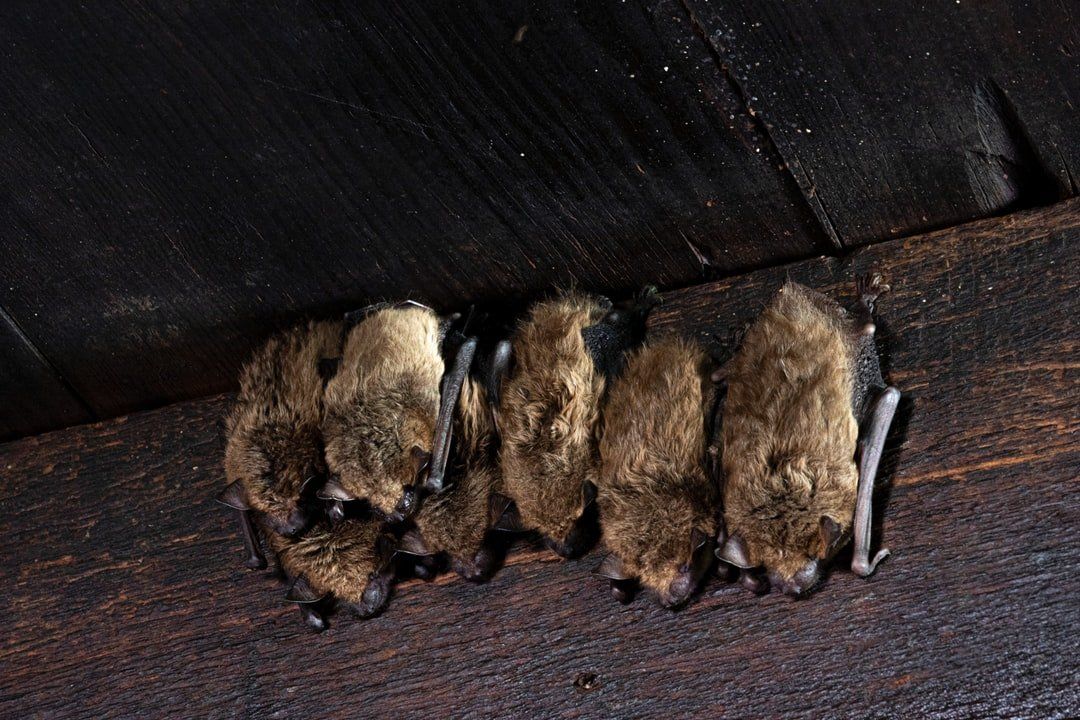The Creepy Truth About Dust Mites and How to Limit Them
Conquering Dust Mites: Tips for a Cleaner, Healthier Space
In the hidden corners of our homes, microscopic creatures thrive, largely unnoticed by the naked eye. Among the most pervasive of these are dust mites, tiny arachnids that have seamlessly integrated themselves into our living spaces. These minuscule creatures may be invisible to most of us, but they are far from inconsequential. Found primarily in the softest, coziest areas of our homes—like mattresses, pillows, carpets, and upholstered furniture—dust mites quietly flourish, feeding on the skin cells we shed daily. Their unassuming presence belies their ability to impact the environment we work so hard to keep clean and comfortable.
While dust mites do not bite, sting, or transmit diseases, their existence can have a surprisingly significant effect on our health and overall well-being. The allergens they produce—primarily in the form of their fecal matter and shed exoskeletons—can lead to a range of issues, from mild discomfort like sneezing and itchy eyes to more severe respiratory problems such as asthma attacks. For individuals with allergies or compromised immune systems, these effects can be particularly pronounced. Understanding the habits, effects, and control of dust mites isn’t just a matter of improving your living conditions—it’s a critical step toward maintaining a healthier, more comfortable home environment for you and your family.
The Life Of A Dust Mite
Dust mites are almost invisible to the naked eye, measuring only about one-third of a millimeter, but their impact on our homes and health is far more significant than their tiny size suggests. These minute arachnids thrive in warm, humid environments, making modern homes an ideal habitat for their proliferation. They are especially prevalent in soft furnishings such as mattresses, pillows, carpets, and upholstered furniture—areas where warmth and moisture are easily retained. Their primary food source is the skin cells that humans naturally shed each day, and with the average person shedding millions of skin flakes annually, dust mites enjoy an abundant, uninterrupted food supply. It’s no surprise they gravitate toward places we use the most, like beds and couches.
These creatures are prolific breeders, with populations growing exponentially in favorable conditions. In their short lifespans, individual dust mites can produce over 2,000 fecal particles, which, combined with their shed exoskeletons, become potent allergens. This debris accumulates in fabrics and airborne particles, triggering allergic reactions and respiratory issues for many. Unlike seasonal pests, dust mites are a persistent presence, thriving year-round as long as their environmental needs are met. Their ability to remain hidden while continuously reproducing makes them a particularly challenging pest to control, highlighting the need for effective, ongoing prevention and mitigation strategies.
The Impact Of Dust Mites On Health
Though they don’t bite or spread diseases, dust mites are far from harmless. For many, they are a significant allergen, causing symptoms like sneezing, itchy eyes, runny noses, and even asthma attacks. The proteins in their fecal matter and shed body parts are the primary culprits behind these allergic reactions. Over time, exposure to these allergens can exacerbate respiratory conditions and lead to chronic discomfort.
Children and individuals with weakened immune systems are particularly susceptible to the effects of dust mites. Prolonged exposure can hinder sleep quality, causing fatigue and irritability. In severe cases, dust mites may contribute to the development of eczema or other skin conditions due to the body’s allergic response.
While the health impacts of dust mites are well-documented, what many people don’t realize is how their presence affects the overall cleanliness of a home. Dust mites are not just an allergy concern; they are a sign that your home might be providing the perfect environment for other unwanted guests as well.
The Connection Between Dust Mites And Your Home
Every home, no matter how meticulously cleaned, harbors dust mites. They are a natural part of indoor environments, but their numbers can grow unchecked if certain conditions are met. High humidity levels, for instance, create an ideal breeding ground for these pests. Cluttered spaces, plush furniture, and rarely cleaned areas add to the problem by providing ample hiding spots and food sources.
What’s particularly unnerving about dust mites is their ability to embed themselves deep within fabrics and fibers, making them difficult to eliminate through standard cleaning methods. Vacuuming may remove surface dust, but it often fails to extract mites and their allergens from the deeper layers of carpets and mattresses. Similarly, washing bedding at standard temperatures might not be enough to kill them.
The prevalence of dust mites can also exacerbate other pest issues. For instance, their presence can attract predatory pests like carpet beetles, which feed on organic materials such as skin flakes and other debris. This domino effect highlights the importance of managing dust mites as part of a broader pest control strategy to maintain a healthy home.
Controlling The Dust Mite Population
Reducing dust mites isn’t about achieving a sterile, lifeless environment—it’s about creating conditions that make it harder for them to thrive. Managing humidity levels is one of the most effective ways to control their population. Dust mites require a relative humidity of 50% or higher to survive, so using a dehumidifier can significantly reduce their numbers.
Another crucial factor is cleaning routines. Regularly washing bedding, curtains, and other washable fabrics in hot water can help eliminate mites and their allergens. Investing in allergen-proof covers for mattresses and pillows creates a barrier, preventing mites from burrowing into these essential items.
Professional cleaning services can also make a considerable difference in reducing dust mite populations. Deep-cleaning methods such as steam cleaning can penetrate the fibers of carpets and upholstery, effectively killing mites and removing their debris. Beyond cleaning, sealing cracks and crevices in your home prevents dust and mites from accumulating in hard-to-reach places, keeping your living spaces cleaner and more comfortable.
The Importance Of Ongoing Prevention
Addressing a dust mite problem isn’t a one-time fix. These creatures are incredibly resilient, and their numbers can rebound if conditions revert to being favorable. Consistency is key to keeping them under control. Regular inspections of your home environment and maintaining a cleaning schedule are essential to ensuring long-term success.
It’s also important to stay vigilant about humidity levels and to avoid habits that inadvertently encourage dust accumulation. For example, overcrowded storage spaces can become a haven for dust mites, as can rarely moved furniture. Small, consistent efforts in prevention can save you from dealing with the health and cleanliness issues that arise from an unchecked dust mite population.
Dust mites may be microscopic, but their impact on our health and homes is anything but small. From triggering allergies to complicating existing pest problems, their presence is a concern that requires proactive management. At Veteran’s Pride Wildlife Control, we understand the importance of creating a safe, comfortable home environment. Our team specializes in tackling hidden pest problems like dust mites, using effective, long-lasting solutions tailored to your needs.
If you’re ready to reclaim your home from dust mites and ensure a healthier living space for your family, contact Veteran’s Pride Wildlife Control today. Together, we can identify the underlying issues, implement targeted strategies, and give you peace of mind knowing that your home is protected.
All Rights Reserved | Veterans Pride Wildlife Control









